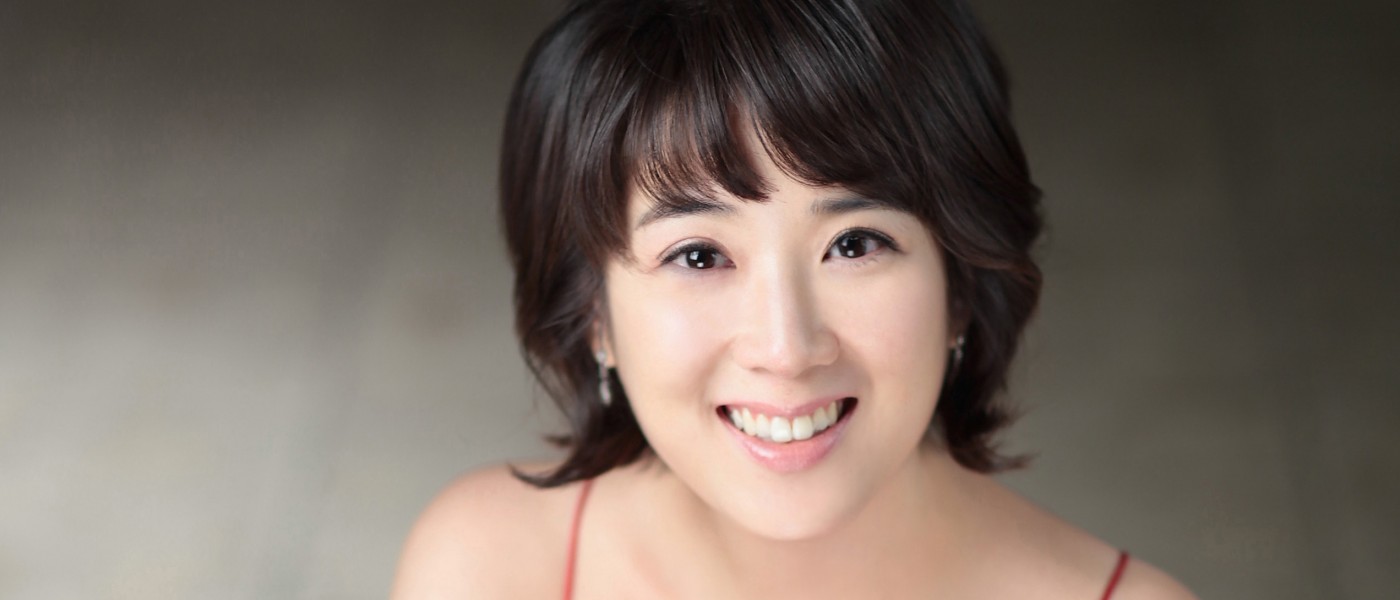Hee Sung Jang in Review
Hee Sung Jang, Piano New York Debut Recital Weill Recital Hall at Carnegie Hall, New York, NY April 22, 2014
Pianist Hee Sung Jang, born in Korea, made her New York debut recital on April 22 at Weill Recital Hall at Carnegie Hall. There were moments of magic in every selection, even when certain details were lacking.
She opened with Haydn’s Piano Sonata in C Minor, Hob. XVI: 20, certainly a gem of this repertoire, but a somewhat odd way to open a recital, because of the work’s essential austerity. It doesn’t sparkle and tease the way many of Haydn’s works do. Brahms liked this sonata so much that he stole the opening rhythmic/melodic gesture of the first movement for his song Immer leiser wird mein Schlummer. Her phrasing and tone quality were stylish throughout, but only in the songful middle movement (Andante con moto) did Ms. Jang reveal how deep her emotional involvement was with the music. It was truly lovely.
She followed that with Ravel’s Valses nobles et sentimentales, which was refreshingly distortion-free, played with flexibility rather than gooey rubato. A number of wrong notes threatened to (but didn’t fatally) mar the performance, which could also have used more gradations in the softer dynamics.
The final group prior to intermission consisted of three of the late pianist Earl Wild’s seven virtuoso etudes based on songs by George Gershwin: Somebody Loves Me, Embraceable You, and I Got Rhythm. Perhaps the epigram that precedes the Ravel Valses: “The delicious and always new pleasure of a useless occupation”- could also be applied to these works. Ms. Jang certainly had sufficient technique to negotiate easily their florid demands. Her piano tone was sumptuous, however, in the first two song/etudes she lacked that little “spark” of wit and coquettishness that Wild had. I call it “playing with a wink.” You know you’re great and you’re having fun. Fortunately, she connected with precisely that quality in the final I Got Rhythm, whose concluding forearm cluster delighted everyone, including Ms. Jang.
After intermission, she tackled (and subdued) the Rachmaninoff Second Piano Sonata, in the composer’s “slimmed down” 1931 revised version. It is hard to believe the work was once nearly twice as long, with even more sequential development and thickets of difficult notes. This was by far the best prepared and executed work on the program, with all of Ms. Jang’s admirable qualities, that tone, and an ability to organize all the passages to form a coherent whole. Although her command of the score was total, I only wished for a bit more fiery abandon. Her delicate lyrical moments were superb however.
Overall: beautiful playing by a very tasteful pianist, with good emotional connection to the music. As she develops under the tutelage of her current teacher, master pianist Anton Nel, I’m sure she will grow into her already large gifts.

